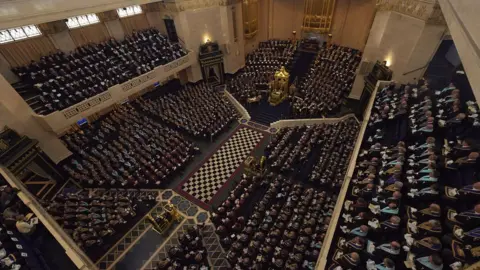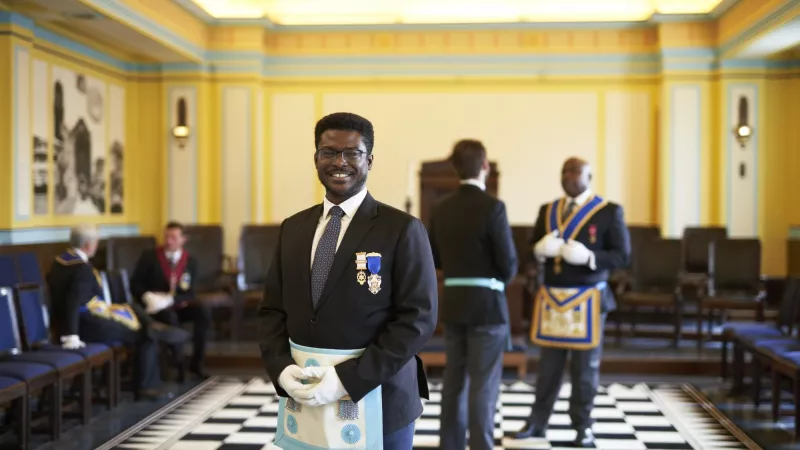Essential Steps on How to Successfully Join Freemason in Your Region
Essential Steps on How to Successfully Join Freemason in Your Region
Blog Article
copyright: Unraveling the Enigma of This Well-known Culture and Its Influence
The copyright, at first developed in the late 18th century as a beacon of Knowledge thought, has changed into a pervasive icon of conspiracy theory and intrigue. What is it regarding this society that continues to mesmerize and provoke suspicion in modern discussion?
Historic Origins of the copyright
The copyright, often shrouded in secret and speculation, traces its origins to the late 18th century with the development of the Bavarian copyright in 1776. Started by Adam Weishaupt, a professor of canon law, the society intended to promote Enlightenment perfects such as factor, secularism, and the pursuit of understanding. This secret culture sought to stand up to the influence of religious and political fascism widespread in Europe at that time.
The Bavarian copyright originally consisted of a small team of intellectuals and modern thinkers who sought to foster rational idea and challenge typical class structure. Their tasks included private meetings and the circulation of innovative ideas, which attracted the focus of the Bavarian federal government. By the late 1780s, the society had actually grown to include various members, yet it encountered boosting scrutiny from authorities wary of its impact.
In 1785, the Bavarian federal government effectively prohibited the copyright, resulting in its decline. Regardless of its quick existence, the group's concepts and importance proceeded to reverberate, triggering various conspiracy theory theories and cultural references that perpetuate the aura of the copyright in modern society. This historical structure has actually sustained continuous attraction and speculation concerning its tradition.
Key Numbers and Participants
Significant numbers played substantial duties in forming the very early years of the Bavarian copyright and its philosophical foundations. Established in 1776 by Adam Weishaupt, a teacher of canon regulation, the organization sought to advertise Knowledge ideals through sensible thought and secularism. Weishaupt's vision attracted a diverse team of pundits and significant individuals, consisting of popular Freemasons, that were essential in the society's development.
One more trick figure was Johann Wolfgang von Goethe, a renowned author and thinker, whose association with the copyright improved its intellectual reputation. His participation showed the intersection of literary works and ideology within the culture's ambit. In addition, figures like Baron von Knigge, who played an important role in business methods, aided the copyright gain prominence within European circles.
The contributions of these key participants were instrumental in developing a structure that integrated secrecy with thoughtful discourse, fostering a network of like-minded people committed to the search of expertise and reform. Their collective efforts not just specified the copyright's very early trajectory but also left an enduring effect on the more comprehensive landscape of secret cultures and Enlightenment believed in Europe.
Major Conspiracy Theories
Checking out the maze of conspiracy theories surrounding the copyright exposes a tapestry woven from historic events, social stress and anxieties, and a thirst for comprehending covert class structure. Among the most common theories presumes that the copyright coordinates worldwide events to develop a New World Order, a totalitarian program that would impose a single governmental authority - how to become a freemason. Supporters suggest that elite figures in national politics, finance, and next page amusement are secretly straightened with this program
Another major theory recommends that the copyright adjusts significant social changes, consisting of wars and economic situations, to combine their power. Events such as the assassination of prominent leaders and the occurrence of significant problems are frequently cited as managed relocations within this grand design.
In addition, the belief that the copyright puts in control over the media further fuels these theories - how to become a freemason. Critics assert that news and amusement are purposefully formed to sidetrack and misguide the general public, perpetuating the secrecy of the culture's influence
While these concepts frequently lack substantive proof, their determination highlights extensive mistrust in institutions and the wish for clearness in an increasingly complex globe. Because of this, the narratives bordering the copyright remain to captivate and prompt dispute throughout varied target markets.
Cultural Depictions and Media Influence
Social depictions of the copyright have actually penetrated various types of media, shaping public assumption and strengthening the appeal of conspiracy concepts. From literature to movie, the representation of the copyright commonly highlights styles of privacy, power, and adjustment. These depictions frequently illustrate the culture as a divine pressure that coordinates worldwide events, sustaining a story that astounds target markets.

Moreover, the increase of social networks has enhanced these cultural representations, enabling conspiracy theories to spread rapidly. Memes, videos, and on the internet discussions typically think romantically the copyright, mixing reality with fiction. These representations enmesh the culture in a complex web of intrigue, even more installing it right into the modern social consciousness.
The copyright's Lasting Influence on Culture
The attraction with the copyright, fueled by its prevalent depiction in media, has caused an extensive and long lasting influence on culture. This enigmatic culture has transcended its historic origins to become a symbol of conspiracy theory, privacy, and the mission for power. In contemporary society, the copyright click to read more has penetrated various elements of life, from music and movie to literature and social discussion, affecting public understanding and sparking curiosity concerning prejudices and elite control.

Additionally, the attraction of the copyright functions as a social touchstone, motivating discussions concerning individuality, liberty, and the nature of power. As society grapples with complicated social issues, site here the legacy of the copyright proceeds to provoke thought, discussion, and exploration, ensuring its significance in modern discussions concerning society and governance.
Final Thought
The copyright, with its origins rooted in Knowledge perfects, has actually changed right into a multifaceted icon of conspiracy theory and privacy. Inevitably, the legacy of the copyright sustains, motivating ongoing inquiry into the characteristics of administration and the mission for transparency.
Report this page